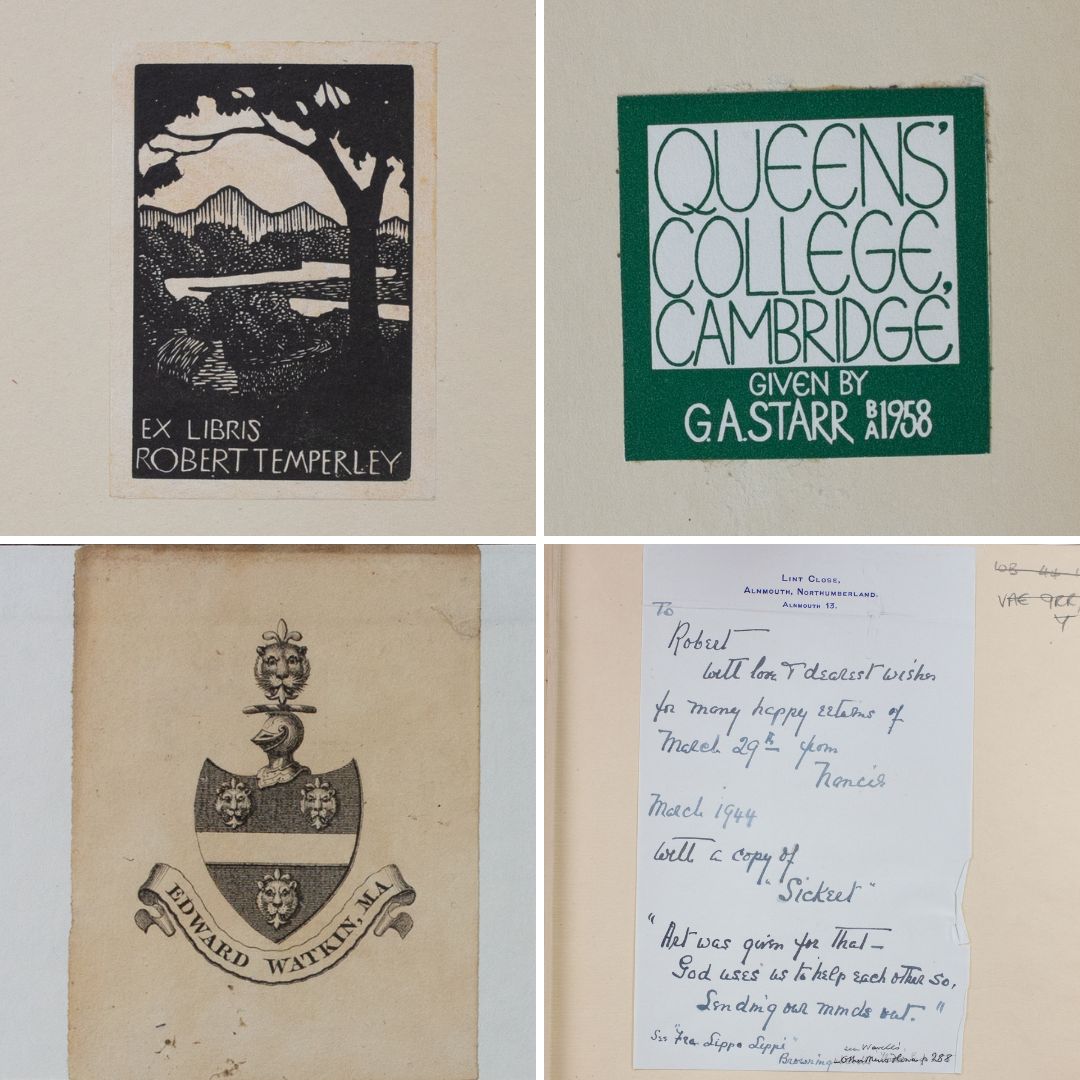Doughnut-economist, Kate Raworth, famously shows in her delicious model the sustainable zone in which the global economy meets humanity’s needs without exceeding the finite planetary ceiling. Applying this template to Queens’ library collections, the sweet spot for book provision surpasses the threshold of our users’ information requirements while contained within the physical limits of our shelves. In a small and cosy library like ours, the dough is miserly thin with a overly large hole: the absolute minimum number of books needed for a comprehensive modern academic library collection is stiflingly close to our shelving capacity. This leaves us in a claustrophobically tight spot: new acquisitions often must be shoehorned into the sparse gaps on the shelves, and mustering enough space for the steady inflow of fresh material can make daily shelving an onerous slog. Left too long, and our students will find themselves wading through densely packed, outdated, degraded books in their search for quality information sources. A project for sustainable storage to avoid critical overspill began last summer, as librarians worked to relocate a significant portion of the collection to closed-access stores; at the same time, we took the first steps on an even longer journey to better prepare our collection for a linked-data future.
